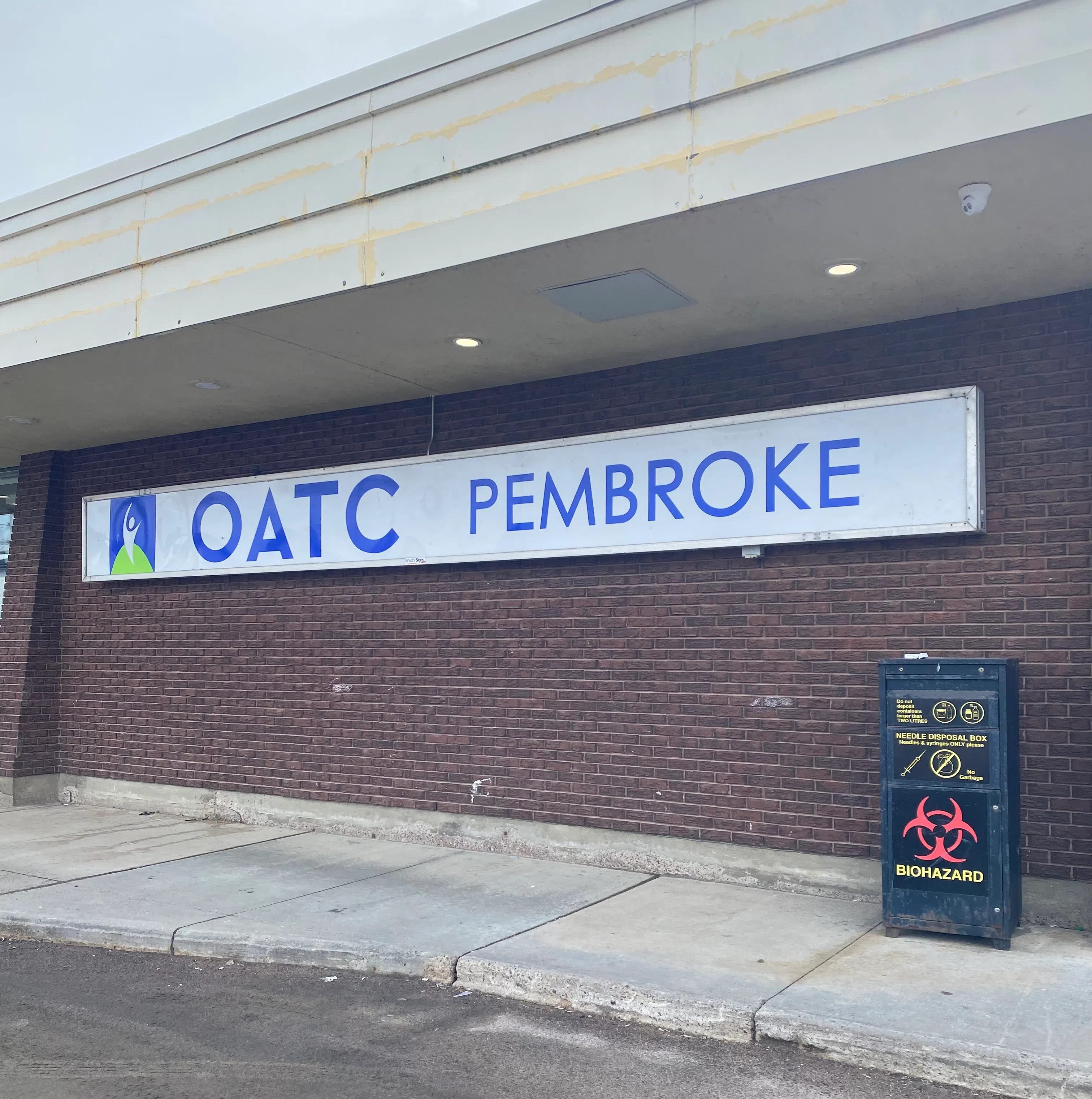
Fentanyl, a synthetic opioid significantly more potent than morphine, has been central to the opioid crisis in Canada. Its misuse has led to a surge in overdoses and fatalities nationwide. Counterfeit fentanyl patches exacerbate this issue, as they may contain unknown substances or varying doses, increasing the risk of harm. The Ontario College of Pharmacists (OCP) has reported instances where counterfeit patches were returned under the province’s Patch-for-Patch (P4P) program, highlighting the need for effective detection methods.
The newly implemented rapid test involves pharmacists soaking a returned patch in distilled water and then using a test strip to detect the presence of fentanyl. This was created by a member from the OATC in Pembroke. When asked from a pharmacist to see how they can test rapidly, the member gave them the perfect solution.
Audio PlayerA positive result confirms the patch’s authenticity, while a negative result indicates a counterfeit. This method, adapted from urine fentanyl detection strips, offers a quick and reliable means for pharmacists to assess returned patches. Pembroke has been notably affected by counterfeit patches. Local pharmacies reported that a significant proportion of returned patches were counterfeit, underscoring the necessity of the rapid screening method in this area. Out of nine locations including Ottawa, Sudbury, Arnprior, Stittsville and others Pembroke and Petawawa were the only areas that found counterfeit patches, with Pembroke having 84% counterfeits and Petawawa having 9.4%.
The OATC member tells myFM why they came up with this.
Audio PlayerThe introduction of this screening method has empowered pharmacists to take immediate action upon identifying counterfeit patches, including notifying prescribers and law enforcement. The OCP recommends updating P4P guidelines to incorporate rapid testing, aiming to prevent harm and reduce the diversion of authentic fentanyl patches.
Audio PlayerAs counterfeit pharmaceuticals continue to pose challenges, initiatives like this rapid screening method exemplify the proactive measures healthcare professionals are adopting to safeguard communities. Ongoing collaboration between pharmacists, law enforcement, and policymakers remains crucial in addressing the complexities of the opioid crisis.
For more information on the Patch-for-Patch program visit the Ontario College of Pharmacists’ official website.
(Written by: Emma Butler)